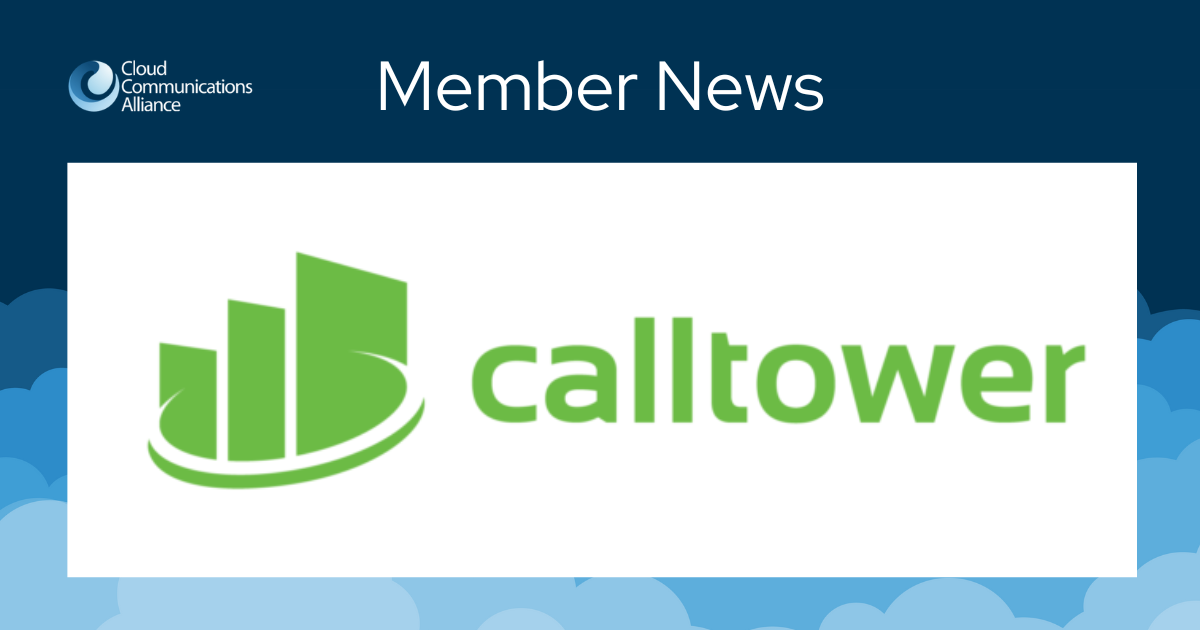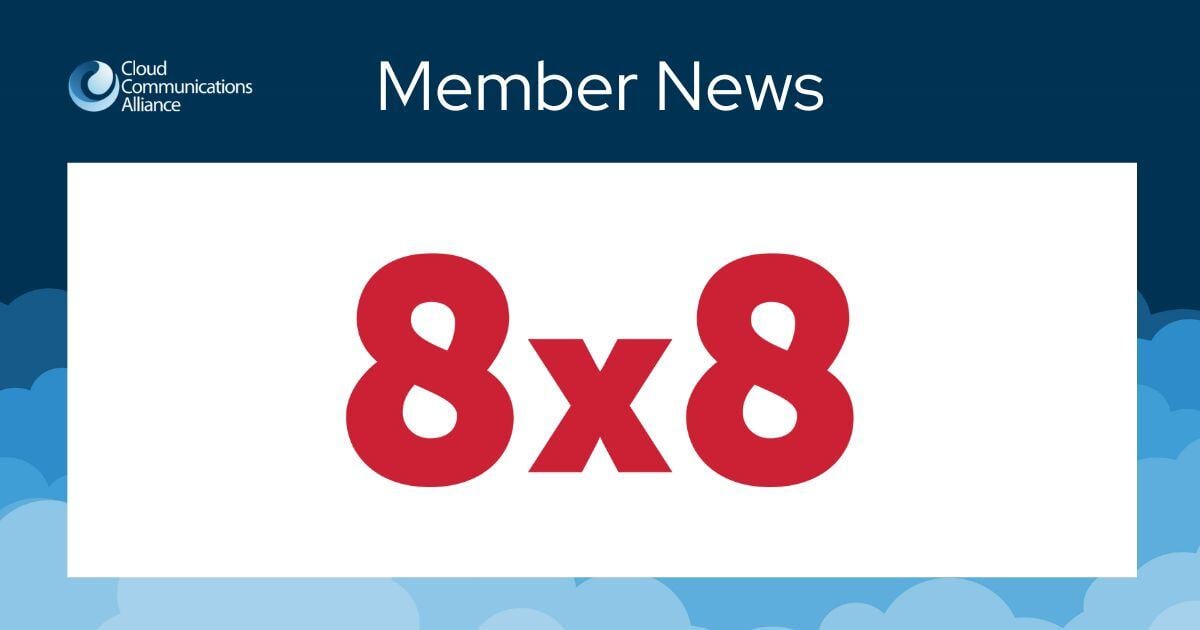The Common Language of Telecom Helps Rural Service Providers Close the Digital Divide
iconectiv® TruOps™ Common Language® helps overcome the rural market’s unique, longstanding challenges to extending affordable, high-quality broadband service throughout small towns and remote communities
- What’s the News: A new iconectiv case study explores how rural service providers can use Common Language to effectively assess network infrastructure and enable rapid, cost-effective buildouts to close gaps in broadband resources.
- Why it Matters: Slow or no internet access is a longstanding problem for rural residents, businesses, schools and health care providers.
- Who’s it for: Incumbent and greenfield service providers across rural America, including cable companies, telcos, mobile operators, fiber providers and electrical co-ops.
BRIDGEWATER, NJ - April 11, 2024 - Roughly 42 million rural Americans are stuck in the digital divide, where they can’t access telehealth, online education, e-commerce, remote work, streaming entertainment and other services available to people in suburbs and cities. Although government funding and private investment is available to help fund rural broadband buildouts, a host of business and technological challenges continue to undermine service provider initiatives to close the digital divide.
For example, low population densities mean operational efficiency is crucial for ensuring that broadband services can be priced affordably yet profitably. But rural service providers often have an incomplete view of gaps in their fiber, copper or mobile coverage. They also frequently lack a comprehensive view of all available network infrastructure, including equipment owned by potential interconnection partners. This limited visibility makes it difficult to pinpoint exactly where new equipment should be deployed to serve the most customers and provide the highest return on investment (ROI).
A new case study explores how rural service providers can overcome those and other challenges by leveraging iconectiv TruOps Common Language, which combines authoritative data and an industry-standard nomenclature to enable more informed network planning. For example, rural service providers can use Common Language CLLI Codes to instantly determine the location and functionality of network infrastructure such as towers, poles, routers and points of presence.
These types of insights enable highly informed network design, provisioning and interconnection, all of which help rural service providers extend high-quality broadband services to more homes, businesses, schools and health care clinics. In the process, Common Language helps rural service providers maximize the return on every dollar of private investment and government funding such as the $42.45 billion Broadband Equity, Access, and Deployment (BEAD) program, the Infrastructure Investment and Jobs Act (IIJA) and the USDA ReConnect program.
“When it comes to closing the rural digital divide, there’s a will, and now there’s a way,” said Peter Ford, Executive Vice President, iconectiv. “Common Language gives rural service providers the authoritative data they need to pinpoint exactly where broadband network coverage is unavailable and the location and capabilities of infrastructure to help close those gaps. Those insights are critical for quickly and cost effectively expanding affordable, high-quality service to homes, businesses, schools and health care providers throughout rural America.”
For more information about how rural service providers can use Common Language, download the case study and visit Common Language for Service Providers.

